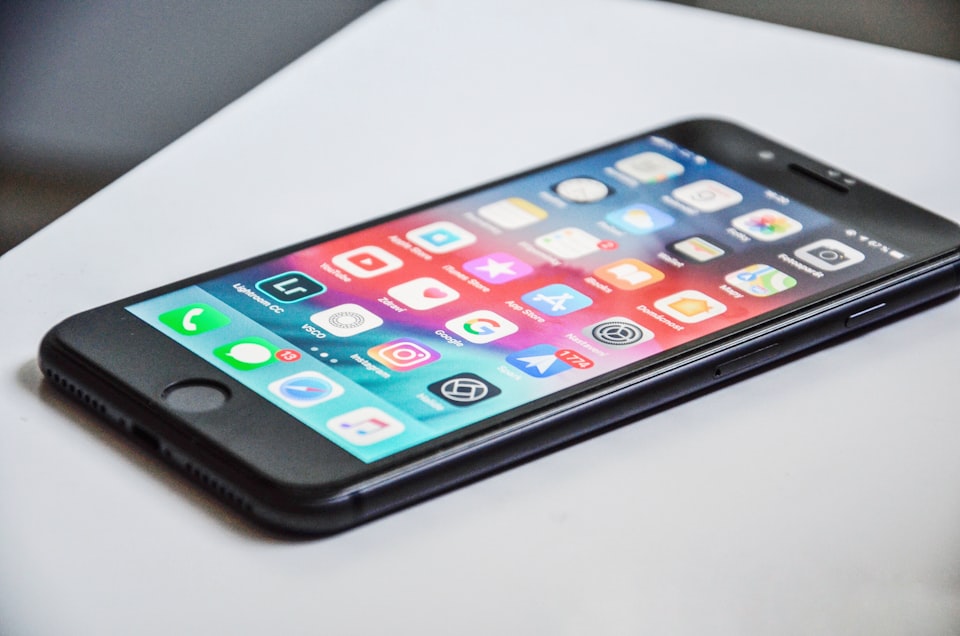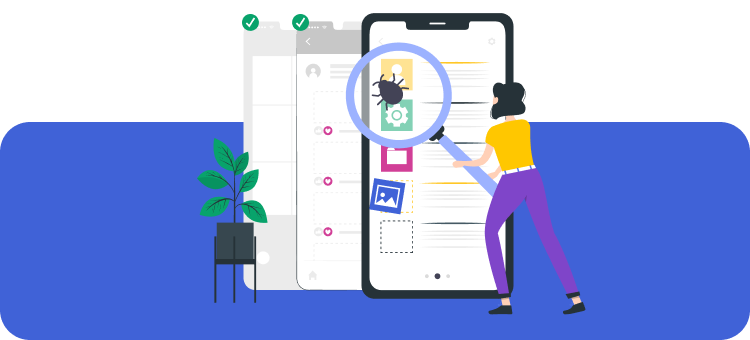4 Factors to Consider When Mobile App Testing

Mobile apps have offered a world of convenience to smartphone users. They have allowed these small, portable devices to become as helpful and powerful as computers since users can now carry out just about any task on their phones. From ordering groceries to shopping online to paying their bills, mobile apps have transformed the way society lives.
Given the excellent quality found in many successful mobile apps, the bar has been raised exceptionally high for other aspiring app creators. To achieve the same level of success, brands have subjected their mobile apps to a series of software tests that allow them to identify bugs, quash them, and improve the user experience. Without mobile app testing, these digital products’ quality would have declined drastically while negatively impacting the business’ reputation.
If you’ve been considering Android or iOS app testing for your app-to-be, here are four factors to consider:
1. Various Configurations
Since your mobile app will be catering to users using different smartphones on different operating systems, you’ll need to carry out your user acceptance tests across multiple configurations that encompass more than the Apple and Android systems. Your application’s success, performance, and user experience are dependent on its ability to run optimally across different configurations. These include the specific version of the OS, smartphone model hardware, and screen dimensions, and more. Given the incredibly diverse smartphone market, it’s crucial to make sure that you thoroughly test your app to eliminate bugs that pop up in specific configurations.
2. Multiple Networks
Different networks have different speeds, which is another essential factor to account for when testing your mobile app. Cellular networks and Wi-Fi hotspots have rapidly expanded to become widely available, which means users can use mobile apps anywhere. However, that means creators and developers must also test their apps in cellular and Wi-Fi network settings at different speeds, impacting loading times and other functions. It’s important to note that some users will use mobile apps on Wi-Fi more than on cellular networks, requiring your app to perform well and load fast on both.
3. Screen Sizes and Specifications
Another critical factor to consider is designing your app to present seamlessly on different screen sizes and specifications. Thoroughly testing your app in this regard will help uncover bugs that harm a user’s experience, especially when your app layout isn’t displayed correctly, hampering your users’ ability to navigate comfortably. When your app cannot adjust appropriately to different screen sizes, key functions and actual products may not show up on the screen. It will negatively affect your brand reputation and the digital experience you hoped to offer. With such crucial elements left out of the field of view, your app will lose a big part of its utility, which means you must pay special attention to various screen sizes. As smartphone designers look for more ways to offer more optimized screen real estate, app developers will have to adjust accordingly, ensuring apps present properly no matter the screen size.
4. Emulators or Real Devices
Mobile app testing is possible through experimenting on real devices or emulators, and both have their advantages and disadvantages. It’s cheaper and faster to carry out functional tests on emulators, as they come at a fraction of the cost of building a set of real testing devices. However, emulators can test only a limited number of features, which is where real devices shine. You can test every function under the sun on these devices, like geolocation features, biometric scanners, and other advanced offerings. It’s also easier to evaluate your app’s user experience on an actual device since your users will be using similar ones to access your app, giving you more accurate insight into its user experience.
Conclusion
Creating successful mobile apps means subjecting them to numerous tests to guarantee a high-quality product upon release. As the market is oversaturated with millions of apps competing for attention, your app must go above and beyond your users’ expectations to resonate with them. Fortunately, by considering these four factors, you can polish your app and ensure it will launch with well-deserved fanfare.
TestApp.io is the most convenient way to distribute your app to the marketplace and receive valuable feedback for both Android and iOS—all in the same place! Our mobile app testing allows you to send test versions of your apps to users, allowing you to identify problems and send out fixes before officially rolling them out. Contact us today to find out more about what we can do for your app!


